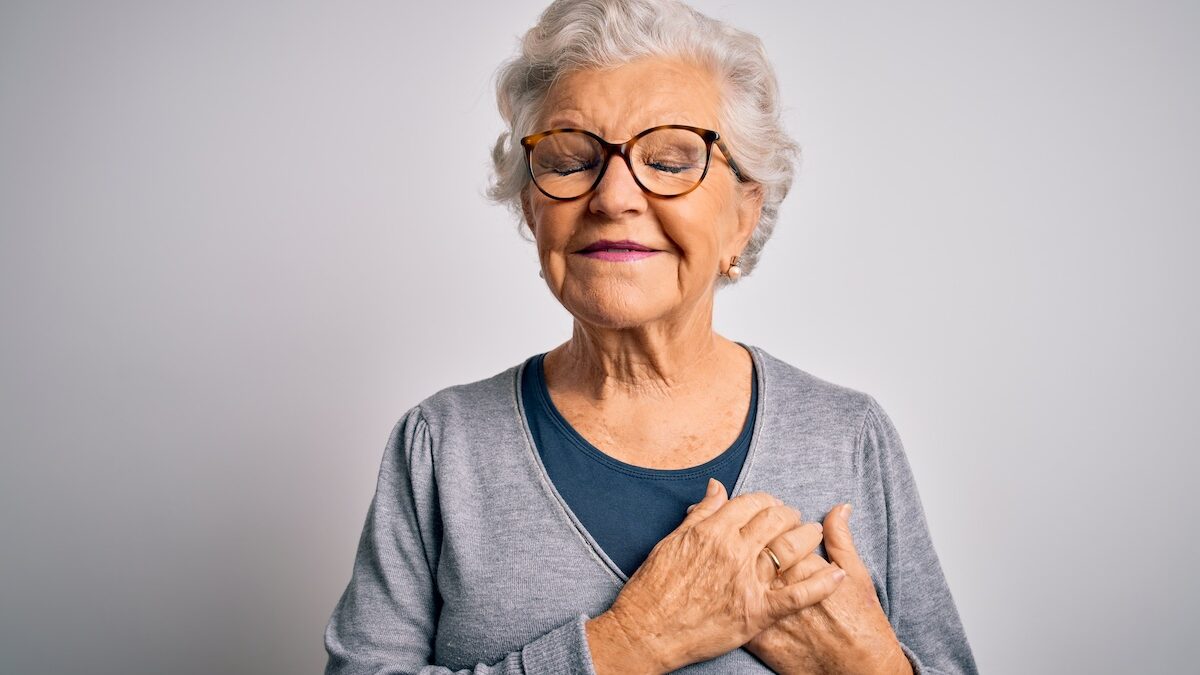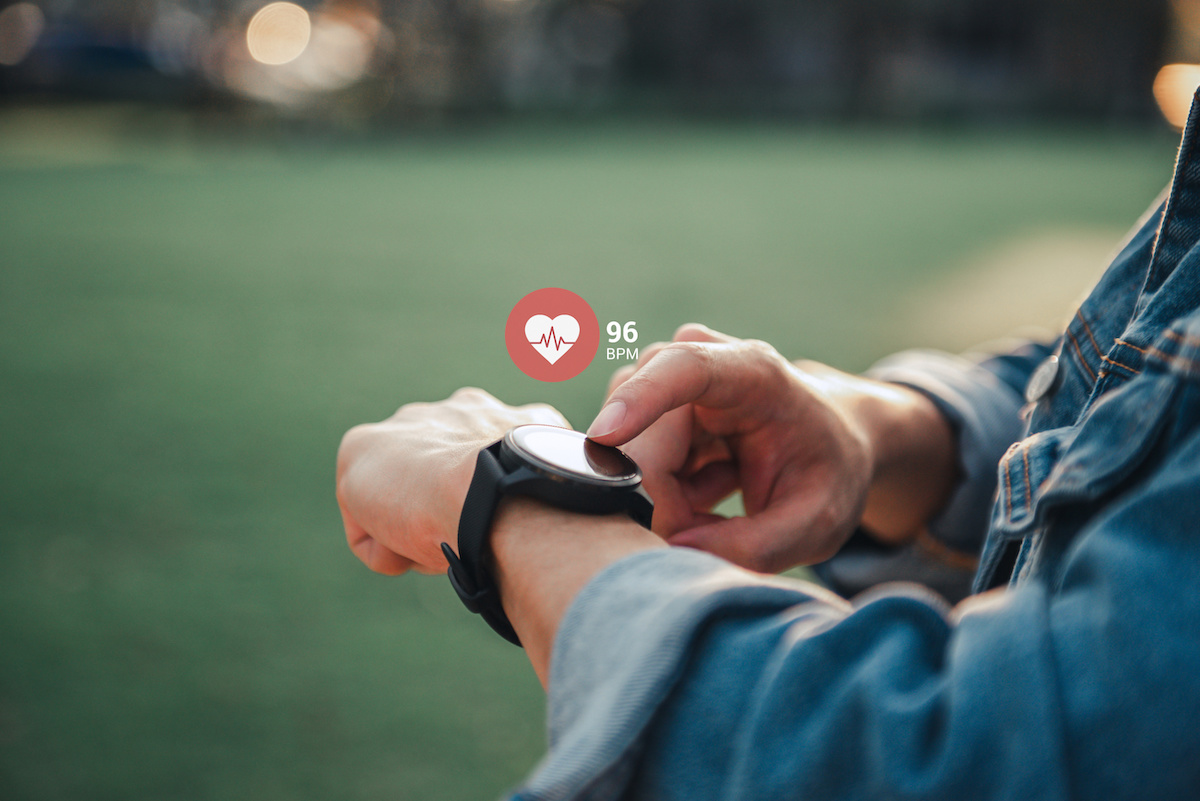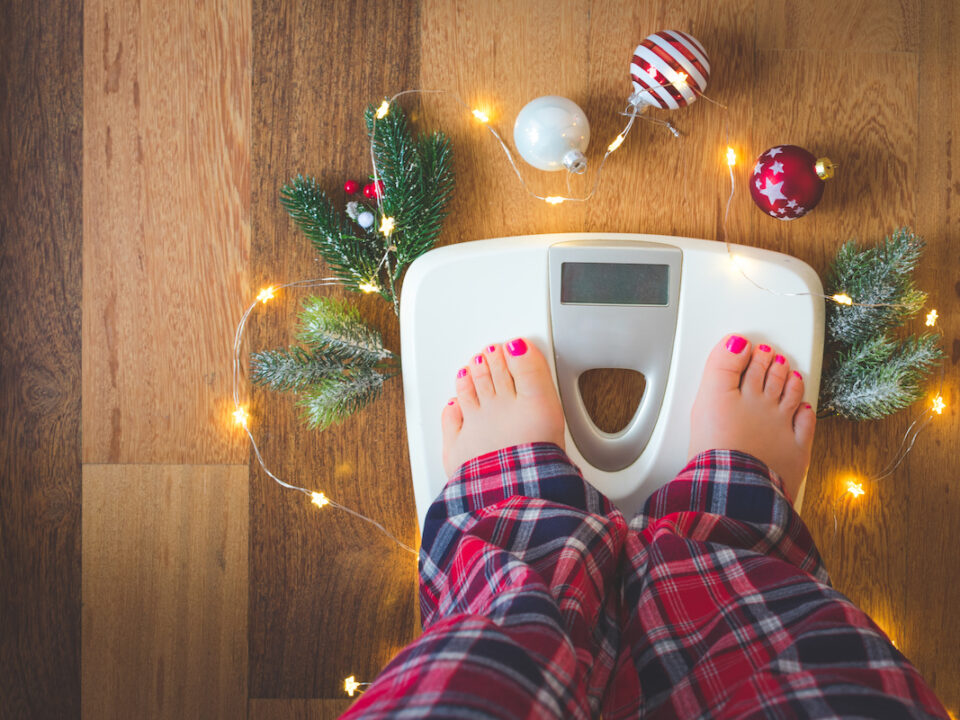February is American Heart Month: What You Must Know About Heart Health

February is American Heart Month, and heart health is of paramount importance. Cardiovascular disease (CVD) is one of the leading causes of death in the United States. It’s important to understand the risks associated with CVD and the steps you can take to keep your heart healthy and reduce your risk.
What is Cardiovascular Disease?
Cardiovascular disease is a general term used to describe a range of conditions that affect the heart and/or blood vessels. It serves as an umbrella for diseases and conditions including:
- Coronary artery disease
- Angina
- Heart attack
- Stroke
- Peripheral arterial disease
CVD can lead to heart failure, arrhythmias, and sudden cardiac arrest. The most common underlying cause of CVD is the build-up of plaque in the walls of the blood vessels. This is known as atherosclerosis. The plaque can block the blood flow to the heart and brain, leading to a heart attack or stroke.
It’s important to recognize the warning signs of CVD and to take steps to reduce your risk of developing the condition. But what are the risks?
What are the Risk Factors for Cardiovascular Disease?
Do you know the risks of cardiovascular disease? The risk factors for CVD include a variety of signs and conditions, including:
- High blood pressure
- High cholesterol
- Diabetes
- Obesity
- Smoking
- Sedentary lifestyle
High blood pressure is a major risk factor for CVD, as it can damage the walls of the arteries and cause the buildup of plaque. Meanwhile, high cholesterol can also contribute to the buildup of plaque in the arteries. Diabetes can damage the blood vessels and increase the risk of CVD.
Obesity is a major risk factor for CVD, as it increases the risk of high blood pressure, high cholesterol, and diabetes. Smoking increases the risk of CVD by damaging the walls of the arteries and increasing the risk of atherosclerosis. Furthermore, a sedentary lifestyle can lead to a higher risk of CVD, as it increases the risk of obesity, high blood pressure, and high cholesterol.
How Can I Reduce My Risk of Cardiovascular Disease?
The good news is that there are steps you can take to reduce your risk of CVD. One of the most important steps is to maintain a healthy lifestyle. This includes eating a healthy diet, exercising regularly, and quitting smoking.
Best Diet for Heart Health
Eating a healthy diet can help reduce your risk of high blood pressure, high cholesterol, and diabetes. Including plenty of fruits, vegetables, and whole grains in your diet can help maintain a healthy weight and reduce your risk of CVD.
You’ll also want to focus on reducing sodium, fat, and cholesterol intake. Keep in mind that there are good fats and bad fats. An example of a good fat is an avacado or almonds. Bad fats come from ice cream, butter, and red meat. However, bad fats can be acceptable in moderation.
Be sure to incorporate lean meat, poultry and eggs for protein. Portion control is also an important aspect for a heart health and your diet.
Exercising Improves Cardiovascular Fitness
Exercising regularly can also help reduce your risk of CVD. Aim for at least 30 minutes of moderate-intensity physical activity most days of the week. This can help lower your blood pressure and cholesterol and reduce your risk of CVD.
The best exercises to prevent heart disease include:
- Brisk walking
- Swimming
- Running
- Cycling
- Nearly any activity that elevates your heart rate
You’ll want to exercise for at least 150 minutes each week at a moderate intensity.
Stop Smoking
Finally, quitting smoking can reduce your risk of CVD. Smoking increases the risk of atherosclerosis and can damage the arteries. Quitting smoking can reduce your risk of CVD and other serious health conditions.
What are the Signs and Symptoms of Heart Disease?
It’s important to be aware of the signs and symptoms of heart disease. Common symptoms include:
- Chest pain or discomfort
- Shortness of breath
- Fatigue
- Irregular heartbeat
- Dizziness
- Fainting
- Palpitations
- Swelling in the legs and feet
If you experience any of these symptoms, it’s important to contact your doctor immediately. Your doctor may do tests to rule out CVD and other heart conditions.
How Can I Monitor My Heart Health?
There are steps you can take to monitor your heart health. Make sure to get regular checkups with your doctor. During your checkup, your doctor will likely check your blood pressure and cholesterol, as well as check for signs of CVD.
You can also take steps to monitor your heart health at home. Consider wearing a heart rate monitor or using a heart rate app to track your heart rate. Monitor your diet and exercise habits and take steps to make sure you are staying active and eating a healthy diet.
There is also technology available to help you monitor your heart health. Some models of the Apple watch have the ability to track irregular heartbeat and offers and ECG app. However, be mindful that this is not a substitute for a doctor or cardiologist. It is also not intended as a diagnosis tool, but it can offer awareness and provide data for your doctor to consider.
If you have any concerns about your heart health, contact Hillandale Primary Care for your checkup now.

What Types of Tests Can Help Diagnose Cardiovascular Disease?
If your doctor suspects you may have CVD, they may do tests to diagnose the condition and determine the best course of treatment. Common tests used to diagnose CVD include electrocardiogram (ECG), stress test, echocardiogram, and angiogram.
Here is how each tests works and what they will tell you in terms of heart health:
- ECG can help diagnose arrhythmias and heart attack
- Stress test can help detect heart problems caused by exercise
- Echocardiogram can help diagnose heart valve problems and other heart conditions
- Angiogram can help diagnose blockages in the arteries.
What Are the Treatment Options for Cardiovascular Disease?
The treatment for CVD depends on the type and severity of the condition. Treatment options include lifestyle changes, medications, and surgery.
Lifestyle changes include eating a healthy diet, exercising regularly, and quitting smoking. These changes can help reduce the risk of CVD and improve your overall health.
Medications can help lower blood pressure and cholesterol and reduce the risk of CVD. Common medications include ACE inhibitors, angiotensin receptor blockers, and statins.
Finally, surgery can be used to treat more severe cases of CVD. Common surgeries include angioplasty and coronary artery bypass grafting.
What Are the Risk Factors for Sudden Cardiac Arrest?
Sudden cardiac arrest is a medical emergency that occurs when the heart suddenly stops beating. It can be caused by a variety of conditions, including coronary artery disease, congenital heart defects, and electrolyte imbalances.
Common risk factors for sudden cardiac arrest include high blood pressure, high cholesterol, diabetes, obesity, smoking, and a sedentary lifestyle. Other risk factors include a family history of heart disease and previous heart attack or stroke.
How Can I Help Prevent Sudden Cardiac Arrest?
Cardiac arrest is the cause of death for up to 400,000 people each year in the United States. The best way to help prevent sudden cardiac arrest is to reduce your risk factors. This includes maintaining a healthy lifestyle, eating a healthy diet, exercising regularly, and quitting smoking.
It’s also important to be aware of the signs and symptoms of heart disease and to seek medical attention if you experience any of these symptoms. Make sure to get regular checkups with your doctor and to monitor your heart health at home.
Get a Heart Health Checkup at Hillandale Primary Care
The good news is that certain types of heart disease is reversible. However, prevention is always the best (and easiest) course of action.
Taking steps to protect your heart is essential for maintaining good health. Understanding the risks associated with CVD and the steps you can take to reduce your risk is key. Make sure to monitor your heart health and seek medical attention if you have any concerns. When you have questions about your heart health, contact Hillandale Primary Care for your checkup now.



